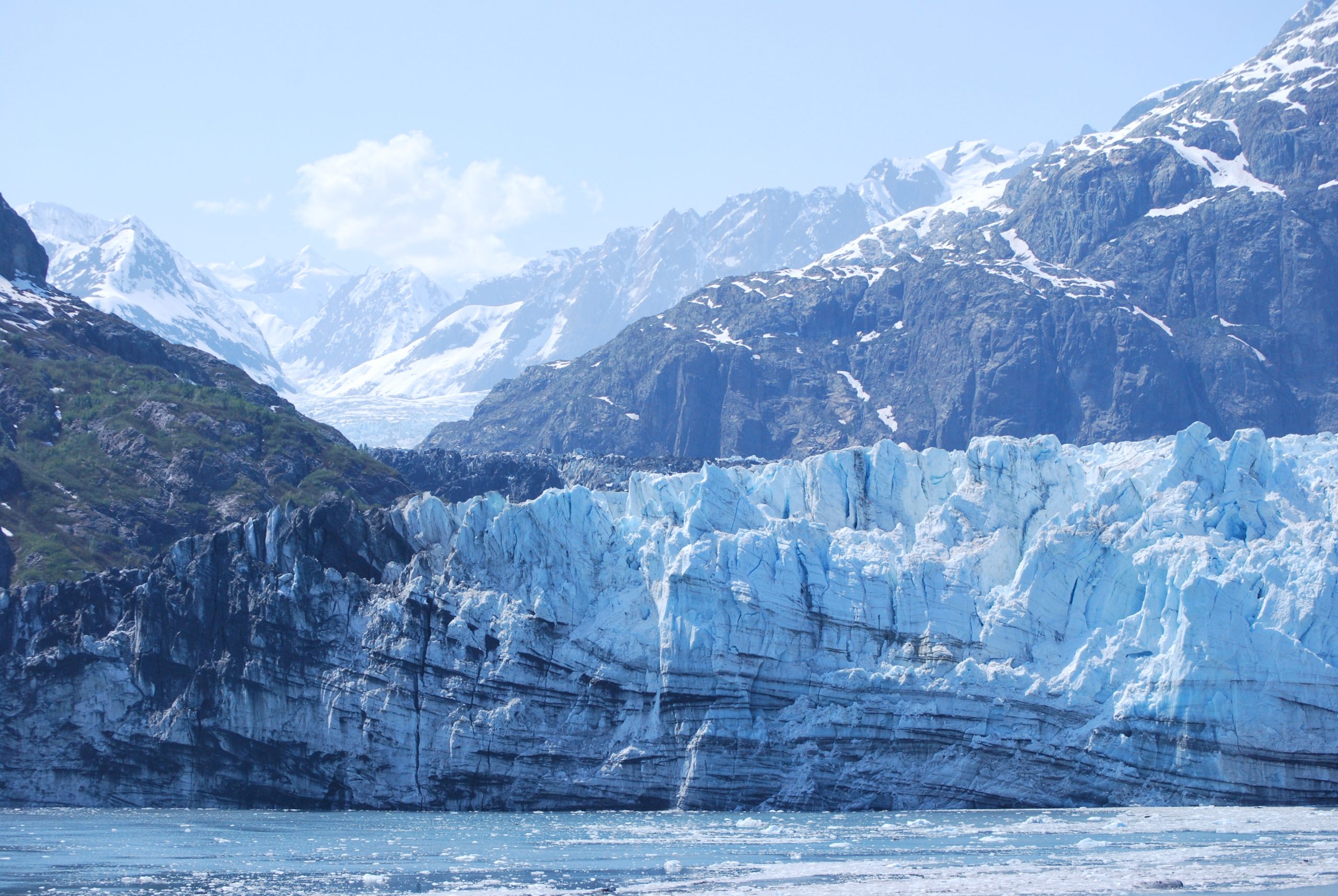
A World of Problems, Dilemmas and Mysteries
The concept of VUCA has become quite commonly introduced into the identification and description of 21st Century organizational challenges. I would suggest that we can move beyond the VUCA and VUCA-Plus environment by considering not just the content contained in these analyses, but also the nature of the issues embedded in this environment. I propose that there are four kinds of issues being addressed in this environment: puzzles, problems, dilemmas and mysteries. The most prevalent of these issues are not puzzles—but are instead problems, dilemmas and mysteries. I will briefly describe each of these issue types.
Puzzles
Puzzles are the everyday issues that anyone working in an organization must face. Puzzles have answers. They are uni-dimensional, in that they can be clearly defined and can readily be quantified or at least measured. Puzzles concern such things as changing a production schedule to accommodate a major new order or determining the appropriate fee for a new, longer training program. Puzzles also concern changes in organizational policies to accommodate new federal laws or re-arranging an office floor plan or a parking space distribution. With a puzzle, the parameters are clear. The desired outcome of a puzzle-solution process can readily be identified and is often important to (and can be decided by) a relatively small number of organization members. It is the sort of issue rightly passed to the lowest level of responsibility where the necessary information is available. Puzzles were quite common in pre-VUCA-Plus organizations.
Researchers who study complex systems use the metaphor of landscape to distinguish a complex challenge from other types of simpler challenges being faced in various systems, including organizations, (for example, Miller & Page, 2007). They point to the image of a single, dominant mountain peak when describing one type of landscape. Often volcanic in origin, these imposing mountains are clearly the highest point within sight. For those living in or visiting the Western United States, we can point to Mt. Rainer (in western Washington) or Mt. Shasta (in northern California). Mt. Fuji in Japan also exemplifies this type of landscape.
You know when you have reached the highest point in the region and there is no doubt regaining the prominence of this peak. Similarly, in the case of puzzles, one knows when a satisfactory solution has been identified and one can stand triumphantly at the top of the mountain/puzzle, knowing that one has succeeded and can look back down to the path followed in reaching the solution/peak. We know how the peak was reached or puzzle solved and can readily replicate the actions taken. Unfortunately, there are other landscapes that are much more challenging—and these represent the dominant environment of VUCA-Plus.







